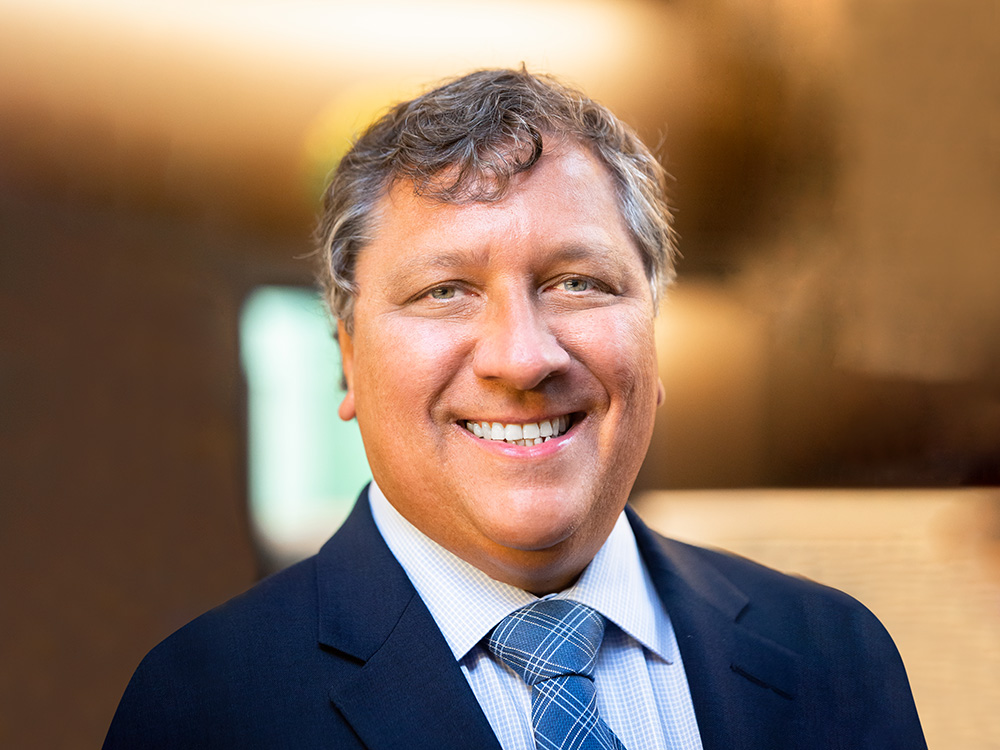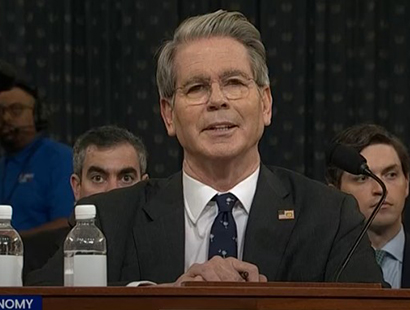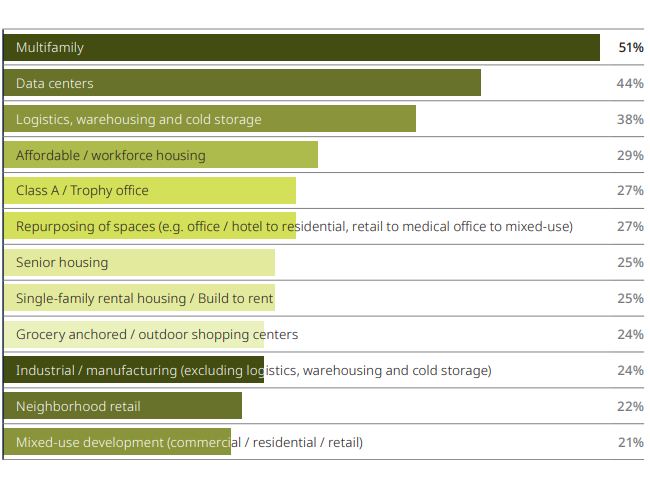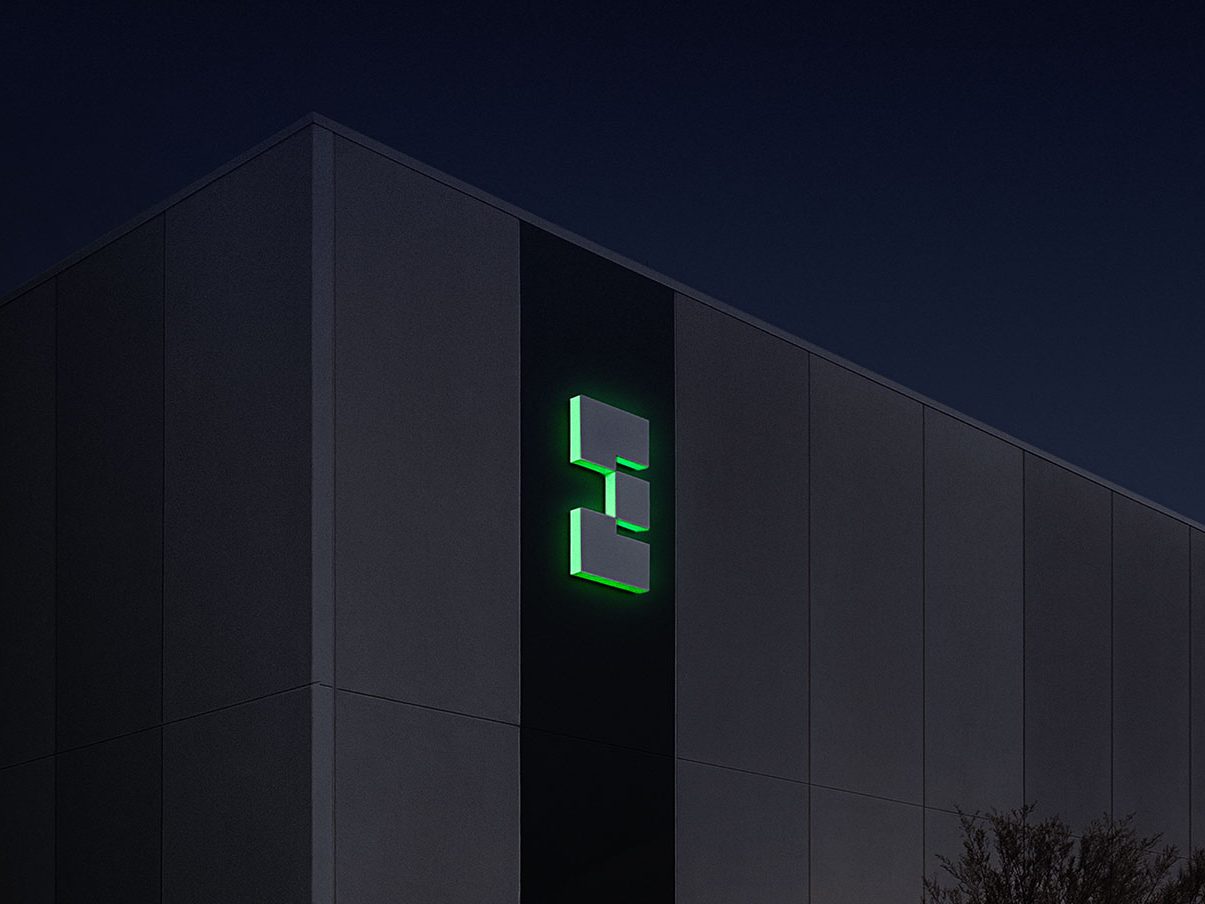How to Work Successfully in a Post-Pandemic World
Project Success President & CEO Clint Padgett—an expert in team building and the art of conversation—talks about the work model of the future.
It’s been more than a year since remote work has forcefully become the norm and since employers and employees embarked on a way of doing things that, for most, was new and unregimented.
Working from home has been a “learn-as-you-go” process, but at a rapid pace. Everyone gave their best to keep up with times and perform at the same levels as when going into the office five days a week, or surpass those levels, feeling guilty for being able to sleep a little later or to go about daily tasks wearing comfortable and unflattering clothes. All this while in the shadow of a virus that brought anxiety, fear and even death.
READ ALSO: How to Support the Hybrid Work Model
The temporary fall of the physical office posed all sorts of issues: that work life could become even more isolated, that employers could increasingly view their staff as little more than interchangeable work units, and that employees could become increasingly mercenary, no longer attracted by the social bonds and physical-world perks of the office as we knew it. At the same time, the pandemic-induced changes could also spur both parties to think differently about their relationship with the workplace and the life beyond it.
Commercial Property Executive discussed these topics with Project Success Inc. President & CEO Clint Padgett, a professional with three decades of experience as a project manager and leader, published author, teacher and expert in team building and the art of conversation.
What do you think is behind the enhanced employee productivity? Is it flexibility or is it perhaps that people were locked inside, some probably also terrified of losing their jobs?
Padgett: I believe the initial increase in productivity was driven by a combination of things. Firstly, with no long daily commute, overall availability was greatly increased. Secondly, the flexibility to work from anywhere with no set hours—and not be chained to a desk from 9 to 5—was liberating. And of course, still having a job when so many were not as fortunate, put pressure to overachieve.
Is this level of productivity sustainable?
Padgett: No, it isn’t. Many are already experiencing burnout and/or feelings of isolation. It’s not surprising, given the lack of a clear delineation between work and home life. Putting in long hours for months on end, which certainly increases productivity, simply isn’t sustainable in the long run.
Some CEOs are beginning to recognize this and take steps to deal with it. Citi CEO Jane Fraser recently said in a memo to her employees, “The blurring of lines between work and home, and the relentlessness of the pandemic workday, have taken a toll on our well-being. It’s simply not sustainable.” She’s encouraging her employees to avoid meetings outside of normal, pre-pandemic work hours and to take their vacations.
How is management coping with this period, leading teams from afar, via conference platforms and email alone?
Padgett: It takes more focus from management to ensure their message is clearly understood and that their teams are mentally healthy. This requires a more proactive approach to employee engagement.
Asking follow-up questions like, “What does that mean to you?” and “How are you doing?” is vital. It means we need to actively listen to what is being said. We have two ears and one mouth, and I believe we should use them in that ratio.
What makes a team? What is “managing by commitment?”
Padgett: Working for the same company or even in the same department doesn’t constitute a team. Nor does having everyone wear matching jerseys or uniforms. A team requires two things—a shared goal and mutual accountability.
In order for a group of individuals to function as a team, the individuals must develop a sense of accountability to each other. Many organizations today work in a matrix environment where the team members are assigned to various projects. But the managers of those projects have no formal authority over those assigned. They don’t give pay raises or annual reviews.
That authority falls under the purview of the functional managers, yet the project manager is held accountable to deliver the project successfully. They are completely reliant on the team members to hold themselves accountable to deliver. This is managing by commitment. The team members commit to getting things done by a specific date and hold themselves accountable.
What do we lose in terms of communicating with each other when working remotely? Do you see any gains? What is your opinion on Zoom fatigue?
Padgett: The challenge when working remotely is to make sure our message is clear. Even when we were all in the office together, before the pandemic, people had a tendency to communicate via one-way, text-based methods of communication like email, texting or instant message, rather than walking down the hallway to have an actual conversation with the intended recipient.
Working remotely only exacerbates the issue. I love the quote by George Bernard Shaw: “The single biggest problem with communication is the illusion that it has taken place.”
One-way communications create the illusion that our message was clearly communicated. In order to ensure the message was understood, it’s best to have a dialogue where clarifying questions can be asked and answered. This can be accomplished by a simple phone call.
I’m a big fan of Zoom and similar services. They have been incredibly helpful during the pandemic, but Zoom fatigue is real. Staring at yourself on screen for hours on end is stressful. Worrying if the momentary silence on the call is because someone is talking while “on mute” or if my internet connection has dropped again adds to our angst. Being forced to sit in front of our camera, unable to move around, isn’t normal either.
These all contribute to Zoom fatigue. In fact, Citi CEO Jane Fraser has also mandated Zoom-free Fridays for internal meetings to alleviate some of the stress.
Some employees thrive working remotely, but others struggle and look forward to returning to the office. How can companies support the mental health of those in the latter group, now, when most interactions are mediated through a screen?
Padgett: Through conversations. These can be over Zoom or on the phone, but it’s important to have regular dialogue like what would occur naturally in an office environment. And some of those conversations should be non-work-related.
Don’t be afraid to ask how someone is doing personally, how their significant other is, or how their parents and kids are doing. Of course, for these conversations to be meaningful, they must occur in an environment of psychological safety, a place where they feel safe sharing without judgment.
What are the chances for the tables to turn if, once the pandemic is behind us, those who enjoyed working from home are asked to return to the office? Or is this a turning point in employee wellness?
Padgett: Some companies like Twitter have stated they will allow all workers to remain remote permanently. Others have taken the opposite approach—Jamie Dimon, CEO of JPMorgan Chase, wants his employees back in the office.
Facebook is taking more of a hybrid approach with around 50 percent remaining remote. Then there are those companies where the work simply cannot be done remotely, such as Amazon’s distribution centers.
Ultimately, we’ll end up with a mix of all three scenarios. However, even those working remotely or in a hybrid environment will still need to meet face-to-face at times for collaboration and socialization.
If the pandemic was not a concern, how often do you think a typical employee needs to be in the office, if at all, to maintain a distinctive culture for the company?
Padgett: Working remotely does have an impact on culture. Specifically, it is difficult for new employees to get a sense of their company’s culture when they are unable to observe the day-to-day interactions of their colleagues. They are also missing the regular interaction with mentors that occur organically throughout the face-to-face workweek. These things are difficult—if not impossible—to replicate via Zoom because much of it is learned through observing how things are done when the camera is turned off.
As for maintaining a company’s culture in a post-pandemic world, the amount of face time in the office will vary depending on the employee. New hires will need to spend more time in the office than their more experienced colleagues. Of course, both will need to be in the office at the same time for the organic “culture transfer” to take place.
Many companies have a global footprint and the physical distance between offices has not been an inconvenience in their growth. Basically, hybrid/remote working has been present all along. What stands in the way of replicating this on a larger scale?
Padgett: The key to successfully operating in either a hybrid or fully remote environment is to have everyone feel they are part of the same cohesive, collaborative team, regardless of work location.
I’ve been involved in complex global projects for almost 30 years and believe the key to success is having the initial kickoff or planning session take place face-to-face, even if that means flying people from around the world to do so. The conversations that take place and the relationships that are formed during this face-to-face session set the stage for mutual accountability and allow the remainder of the project to be handled remotely.
READ ALSO: Reimagining the Workplace After the Pandemic
More than a year into the pandemic, what are the challenges managers still face in relation to remote working?
Padgett: Whether it’s helping employees maintain a healthy work-life balance, recognizing that communication and conversation are not the same thing, combating Zoom fatigue, or ensuring employees aren’t feeling lonely or isolated, the challenges are significant but surmountable.










You must be logged in to post a comment.